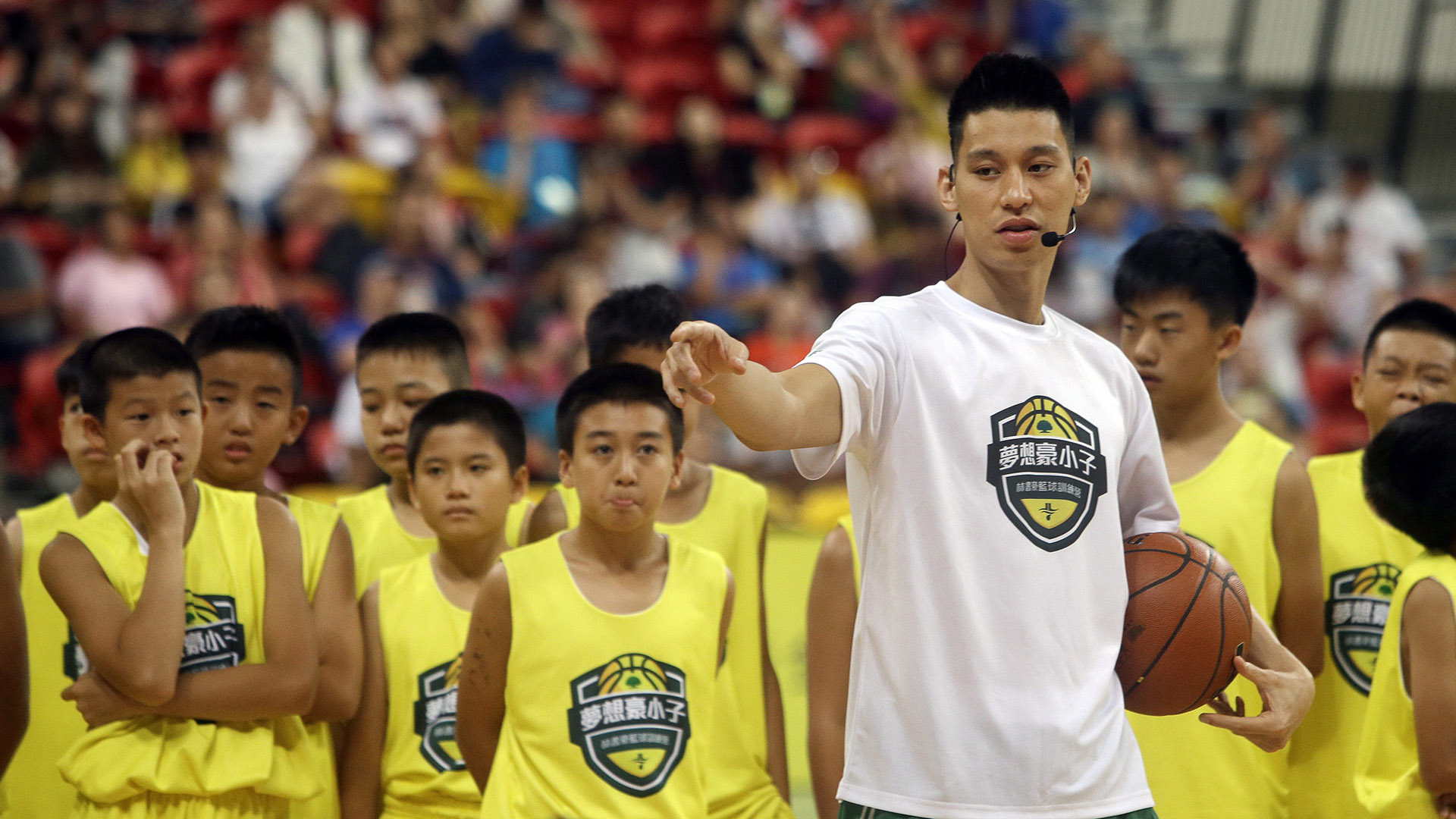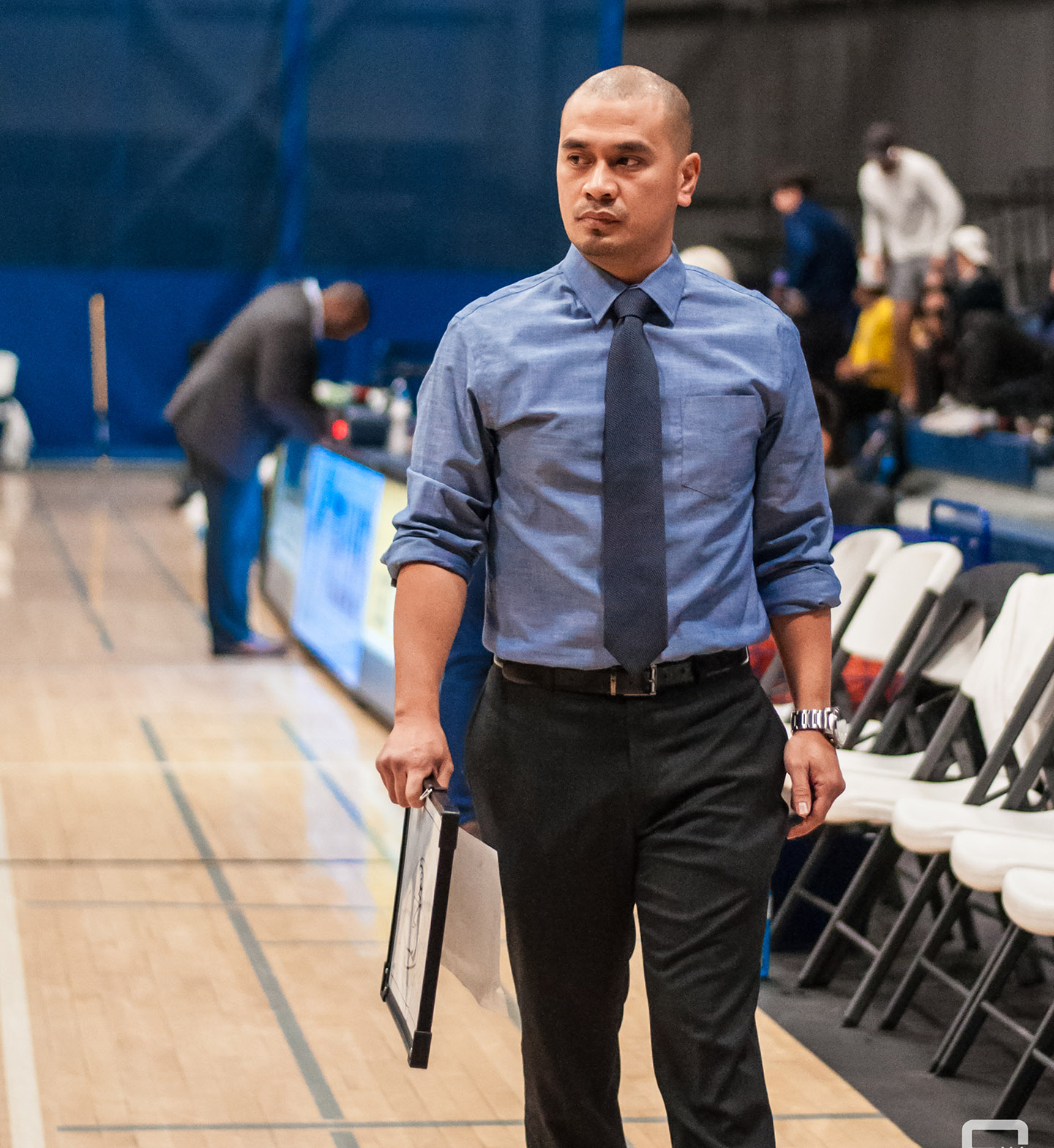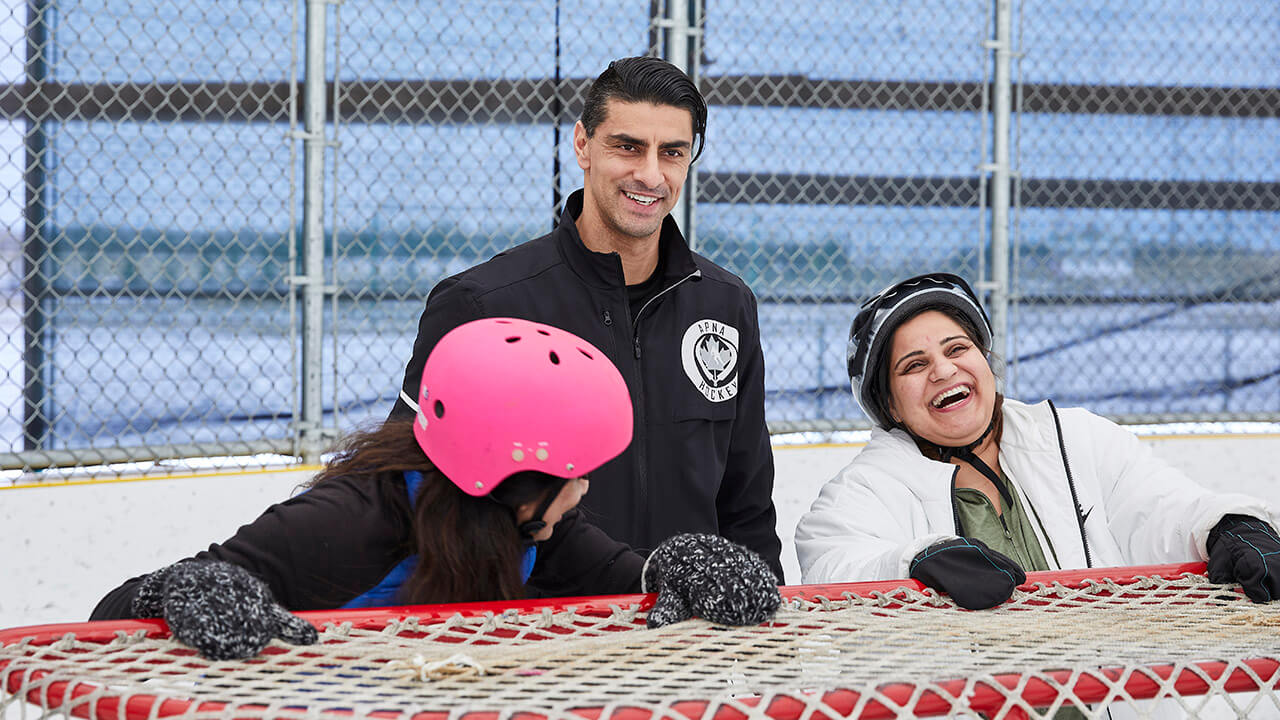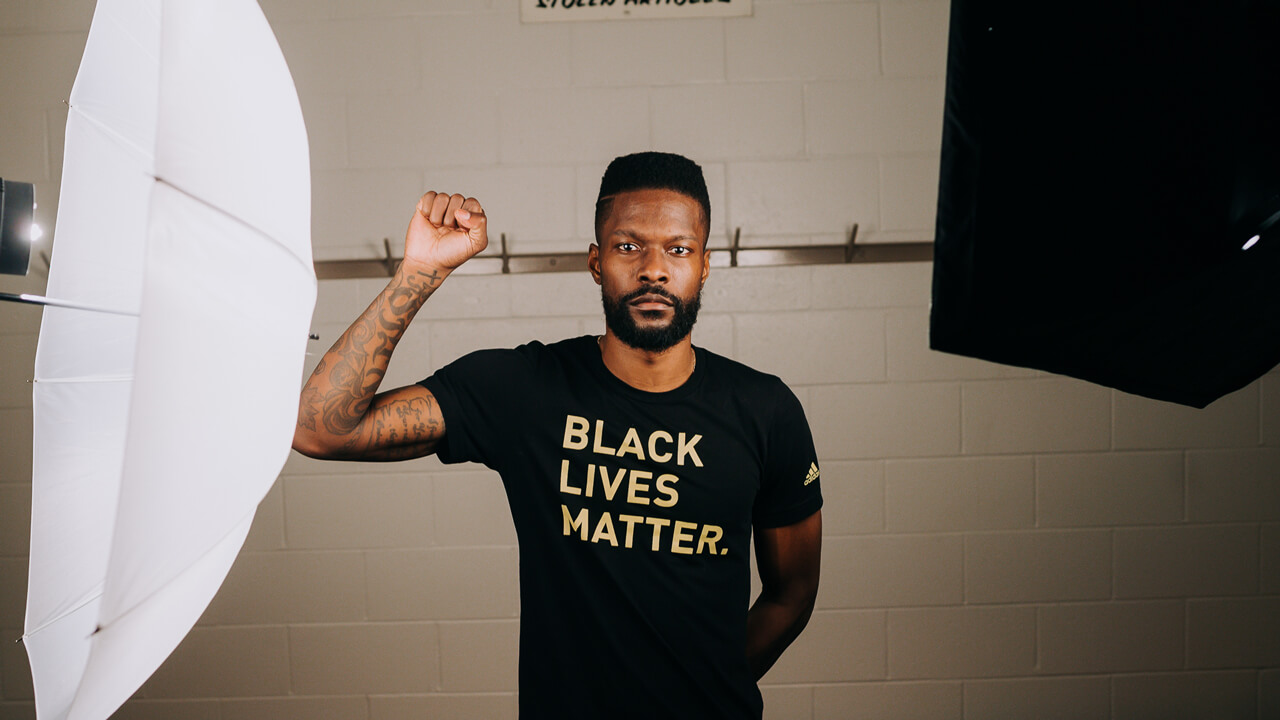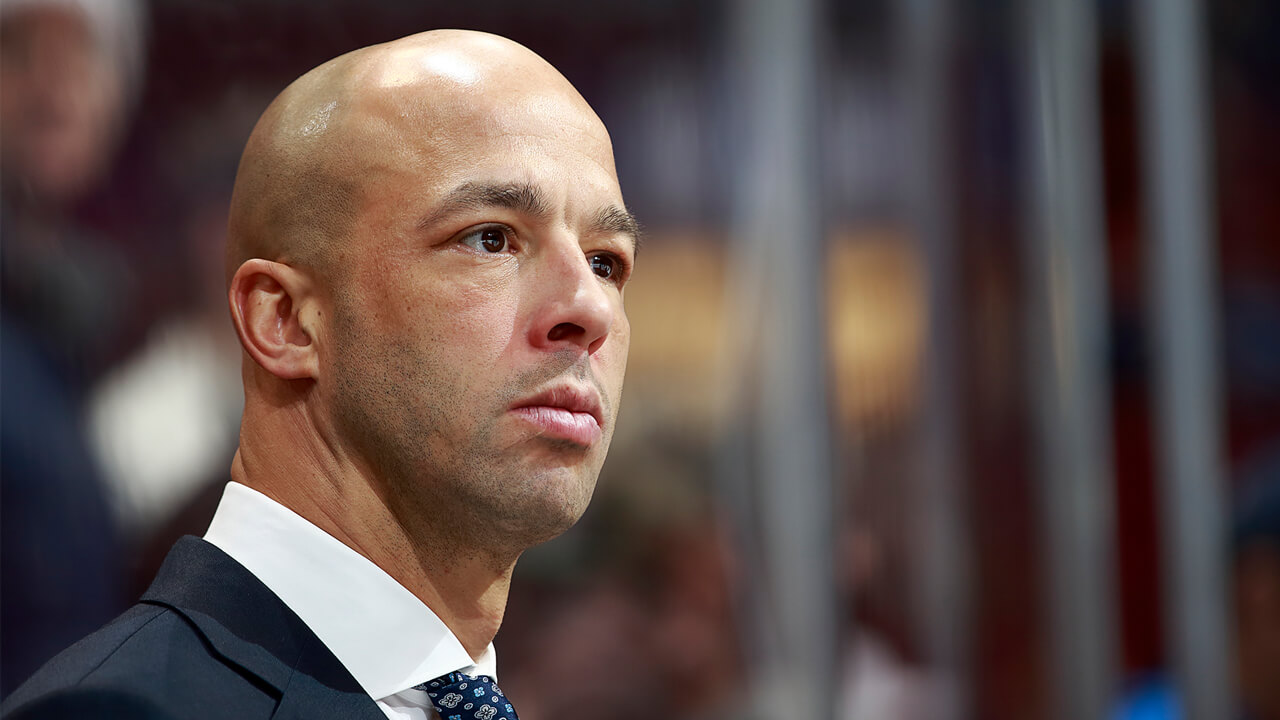The word “Asian” is a catch-all that accurately describes the geographic origins of a certain group of people, but encapsulates far more than a single culture. The word also appears to have taken on a different meaning in respect to stereotypes — both negative and positive.
Nikki Reyes: The Asian diaspora is not a monolith. There are so many nuances to it. Like, I’m Filipino, [but] my great-grandfather is Spanish so my last name is Spanish. It’s also why I look very white and I’m very tall for my people. And so that in itself is like, “Well, you’re not supposed to be so tall and white,” but it’s like, no, even if you look at Filipinos, there are Black Filipinos. The original settlers of the Philippines, they’re called the Aeta people, they’re Black. Like, our people are a spectrum…. And so I’ve had people say, “You’re not Filipino. How could you be Filipino?” And it’s offensive in a sense because it washes your other cultures away.
Courtney Szto: If we don’t grow up around a diversity of people, and if we don’t see it in the media we generally just kind of go with the simplest answer. “Asian” — this huge continent with billions and billions of people — has become a simple way to categorize folks and also kind of move us away from more problematic terms that we’ve used historically like “East Indian” or “Oriental.” It’s kind of like the safest version that we have found, and because if white folks don’t understand the difference between a Chinese, a Korean, a Vietnamese person, then “Asian” is the safest way to go.
So in order to kind of pretend that we’re a colour-blind society and not offend people, then we go with a very generic and bland term, but I think once people know that somebody is Chinese, somebody is Korean, somebody is Pakistani, we should be using those terms to help identify them and then, hopefully, draw more attention to particular communities and their plights.
Chris Cheng: When you’re Asian, it’s kind of hard for people to say you can step outside of that or be something different, and it’s the whole stereotype I’ve always found. Like, I remember when I started coaching and I was a provincial coach, there were some club coaches who didn’t want to send their players to play for me because they would be like, “Well, what are you gonna learn from that guy? That guy hasn’t played. He’s Asian, so what does he know?” And that was a big obstacle for me trying to recruit players, and it might still be an obstacle for me today.
Like, I don’t know if it’s used against me. So I’m not sure. But I’ve been fortunate to create my own credibility with my resumé coaching the provincial team and national team. And now, head coaching at the university level, I kind of use it as fuel to say, “You know what, if they’re gonna use stereotype and race against me, then I’m just gonna work harder and fuel that fire elsewhere.”



